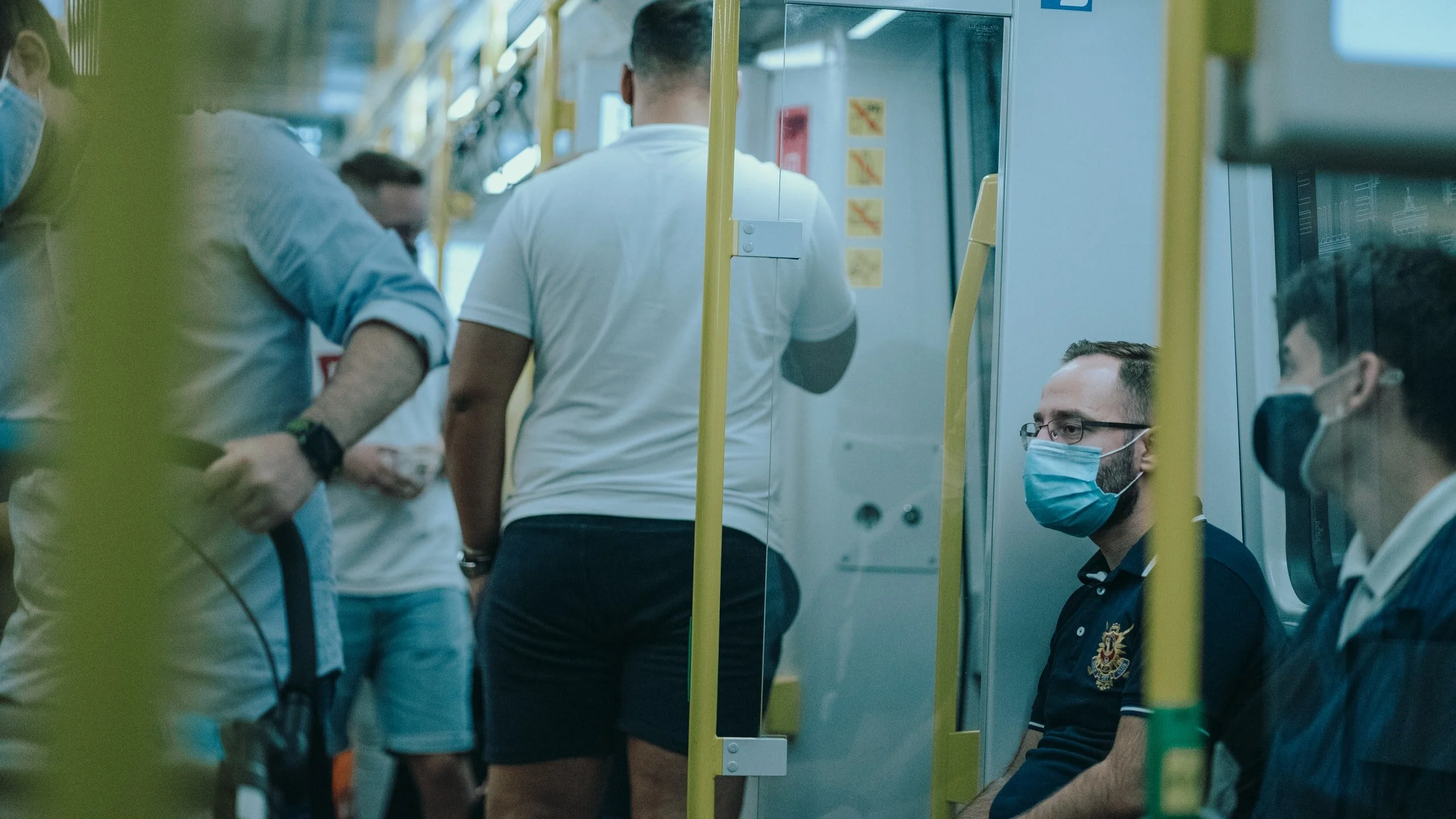Why People Are Taking More Risks After COVID Vaccination
COVID-19 vaccines bring hope, but one in 20 vaccinated people will likely be infected.
A few fully vaccinated people will be hospitalized with serious COVID symptoms.
The way our brain processes risk may lead vaccinated people to wrongly assume they are safe.
A friend just invited me to her home for a birthday party: “Ten of us will be there. I’m pretty sure we’ve all been vaccinated, so we should be OK.” It was the first invitation to an indoor dinner I had received in a year.
Six other friends are planning a tropical beach vacation and just invited me to join them.
“Aren't you worried about Covid?” I asked, feeling a bit nerdy for raising the topic.
“Not really. Two of us have gotten both our vaccines.”
“What about the others?”
“Two of us got one vaccine each, and the other two have been very careful.”
“I feel like I just got into Harvard Law School!” another friend recently wrote me. “I just got my first vaccine! But is it now OK to fly if I wear a mask the whole time?”
I and myriad others have just been vaccinated, and we are all now wondering how precisely to change our behavior as a result and still be as safe as we can be.
On March 8, 2021, the CDC stated that fully vaccinated people can visit each other or members of a single unvaccinated household indoors without masks or physically distancing themselves. Luckily, millions of Americans are now getting shots and welcome this news.
But in upcoming weeks and months, millions of us will face countless complex individual decisions—exactly which gatherings to attend, with whom, and how sure to be.
Unfortunately, our brains are not good at assessing risks.
Maskless young people now pack bars. Texas Governor Greg Abbott opened up his state fully. As his announcement reveals, many people may now engage in risk compensation, whereby they behave in riskier ways if they have taken measures that they feel are protective. Seat belt use, for instance, has not reduced car accidents, since drivers wearing seat belts then compensate and drive faster or less carefully. Sunscreen use has raised melanoma rates, since users feel they can now stay longer in the sun.
Vaccines are essential but do not completely eliminate risks. The Pfizer and Moderna vaccines are around 95 percent effective; the Johnson & Johnson vaccine is about 85% effective at reducing severe disease. These are all impressive for vaccines, but not guarantees of safety. Of 20 people who receive the Pfizer or Moderna shots, one could still acquire COVID-19 and in rare cases become sick. A very few fully vaccinated individuals have been hospitalized with a severe case of the disease.
COVID-19 and other viruses also mutate rapidly. Every day, billions of cells in millions of people make copies of the virus, and occasionally tiny changes in the DNA occur, some of which elude our defenses and vaccines. Current vaccines may not end up protecting against all these mutations. Hopefully, we will always stay ahead of this shifty virus, but Nature often outwits us.
Researchers are also unsure how long antibodies produced by the vaccine will linger and whether people who got shots could still become infected and transmit the virus, even if they don’t feel ill.
Our brains evolved to face simple risks—whether a particular plant is safe to eat or not. But today, far more nuanced and intricate threats confront us. Neurocognitively, we gauge risks using so-called fast-thinking—basically gut feelings. As the anthropologist Mary Douglas described in her classic book, Purity and Danger, individuals tend to split the world into two domains—“safe” and “risky”—what is dangerous and to be avoided vs. not, or good vs. bad. Yet our minds make these dichotomies simplistically and don’t deal well with ambiguities or possibilities of relative safety. We tend to see situations as either completely safe or unsafe, rather than as partially safe or relatively safer.
Public health officials have long appreciated such complex realities and hence encouraged “harm reduction” strategies. For several years, for instance, opioid addicts commonly shared needles when they injected these drugs into their veins, transmitting HIV and hepatitis, causing medically and financially costly disease and death. Our government has spent hundreds of millions of dollars trying to stop addiction, but with limited success. Opioid addiction has in fact burgeoned. Research showed that giving addicts clean needles could at least stop HIV spread. Unfortunately, many states have vehemently opposed this strategy, arguing that it would fuel opioid use. Yet the evidence clearly proves that this strategy works, dramatically dropping HIV spread without abetting addiction.
Still, these concepts of relative risks, of lowering but not eradicating threats can lead to clashes with our desires for situations that are all good or all bad.
Increasingly, we will all confront intricate decisions that are not black-and-white but varying shades of gray. We wall want to feel completely safe against COVID-19, but will end up accepting and adapting to far more complex realities.
We urgently need to enhance public awareness of these issues, through appropriate public health messaging campaigns by the media and government officials, and remain cautious with our families, friends, and co-workers.
I got more information about the birthday party and found that all attendees would in fact be fully vaccinated beforehand. I decided to go to the beach, but will drive, not fly, and will continue to wear a mask and maintain social distance.
I hope to receive more invitations, but I am not sure how I will respond.

